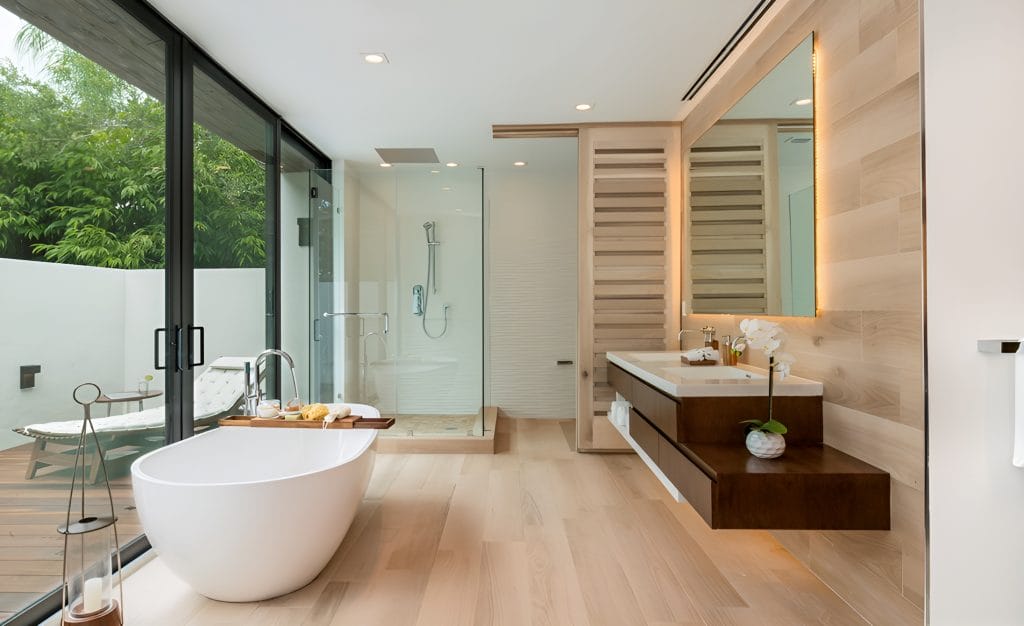
Smart Home Integration with Water-Saving Toilets: The Future of Sustainable Living
Share
In the era of rapid technological advancements, the concept of a smart home has become more attainable and enticing than ever. Among various elements that contribute to creating an efficient, environmentally friendly living space, smart home integration with water-saving toilets stands out as a revolutionary innovation. By merging the Internet of Things (IoT) with sustainable practices, tech professionals and enthusiasts alike are increasingly exploring how these toilets can transform everyday life.
The primary aim of smart home integration is to enhance the efficiency and sustainability of household systems. Water-saving toilets are designed to reduce water usage without compromising on performance. By integrating these toilets into smart home systems, users can monitor and manage their water usage more effectively, ultimately leading to reduced utility bills and a smaller environmental footprint.

The Science Behind Water-Saving Toilets
Water-saving toilets, often referred to as low-flow toilets, are engineered to use significantly less water per flush compared to traditional toilets. The key technology behind these toilets involves a high-efficiency flushing system that employs either a dual-flush mechanism or a pressure-assisted system to achieve optimal water conservation.
According to a report by the American Home Shield, a standard toilet uses about 1.6 gallons per flush, while older models can use up to 3.5 gallons. In contrast, low-flow toilets use just 1.28 gallons or less per flush, leading to substantial water savings over time.
How Smart Integration Enhances Efficiency
The integration of smart technologies with water-saving toilets enables users to track their water usage in real-time through mobile apps and other smart devices. This feature not only provides insights into daily water consumption but also helps in identifying leaks or inefficiencies within the system.
Moreover, some smart toilets come equipped with sensors that can adjust the flush volume based on the amount of waste, further optimizing water usage. For tech enthusiasts, the ability to control and monitor these systems remotely presents an exciting opportunity to contribute to water conservation efforts while enjoying the conveniences of modern technology.
Benefits of Smart Home Integration with Water-Saving Toilets
Implementing smart home integration with water-saving toilets offers numerous advantages, including:
- Cost Savings: Reduced water bills are a direct result of using less water per flush.
- Environmental Impact: Contributing to water conservation efforts by using less water overall.
- Convenience: Remote monitoring and control through smart devices make managing water usage easier.
- Leak Detection: Early identification of leaks prevents water wastage and potential damage.
For more insights on how IoT is changing sustainable living, visit this article.
Implementing Smart Water-Saving Solutions
When considering the integration of smart water-saving toilets into your home, it's essential to evaluate your specific needs and preferences. Some factors to consider include the type of flushing system, compatibility with existing smart devices, and ease of installation.
For those interested in a more comprehensive approach to creating an eco-friendly home, exploring other sustainable upgrades is recommended. Check out these eco-friendly bathroom upgrades for additional ideas.
Overcoming Challenges in Smart Integration
While the benefits of smart home integration with water-saving toilets are clear, there are also challenges to consider. These include the initial cost of installation, potential compatibility issues with existing smart home systems, and the need for regular maintenance to ensure optimal performance.
However, as technology continues to advance and become more accessible, these challenges are expected to diminish over time, making smart water-saving solutions more attainable for a broader audience.
Future Trends in Smart Water Conservation
The future of water conservation in smart homes is promising, with ongoing advancements in technology paving the way for more efficient and user-friendly solutions. Innovations such as AI-driven water management systems and enhanced connectivity between devices are expected to further improve the functionality and appeal of smart toilets.
For those interested in building a more sustainable home, exploring the latest trends in eco-friendly living is crucial. Learn more about how to build an eco-friendly smart home today.
Conclusion
In conclusion, the integration of smart home technology with water-saving toilets represents a significant step forward in sustainable living. By embracing these innovations, tech professionals and enthusiasts can enjoy the dual benefits of environmental conservation and modern convenience. As we continue to explore the potential of smart homes, the future of water conservation looks brighter than ever.

FAQs
1. What are the benefits of smart water-saving toilets?
Smart water-saving toilets offer benefits such as reduced water bills, environmental conservation, convenience through remote monitoring, and leak detection.
2. How do smart toilets save water?
Smart toilets save water by using advanced flushing systems that require less water per flush and by allowing users to monitor water usage in real-time.
3. Are smart toilets compatible with all smart home systems?
While many smart toilets are designed to be compatible with various smart home systems, it's essential to check compatibility with existing devices before installation.
This article contains affiliate links. We may earn a commission at no extra cost to you.
